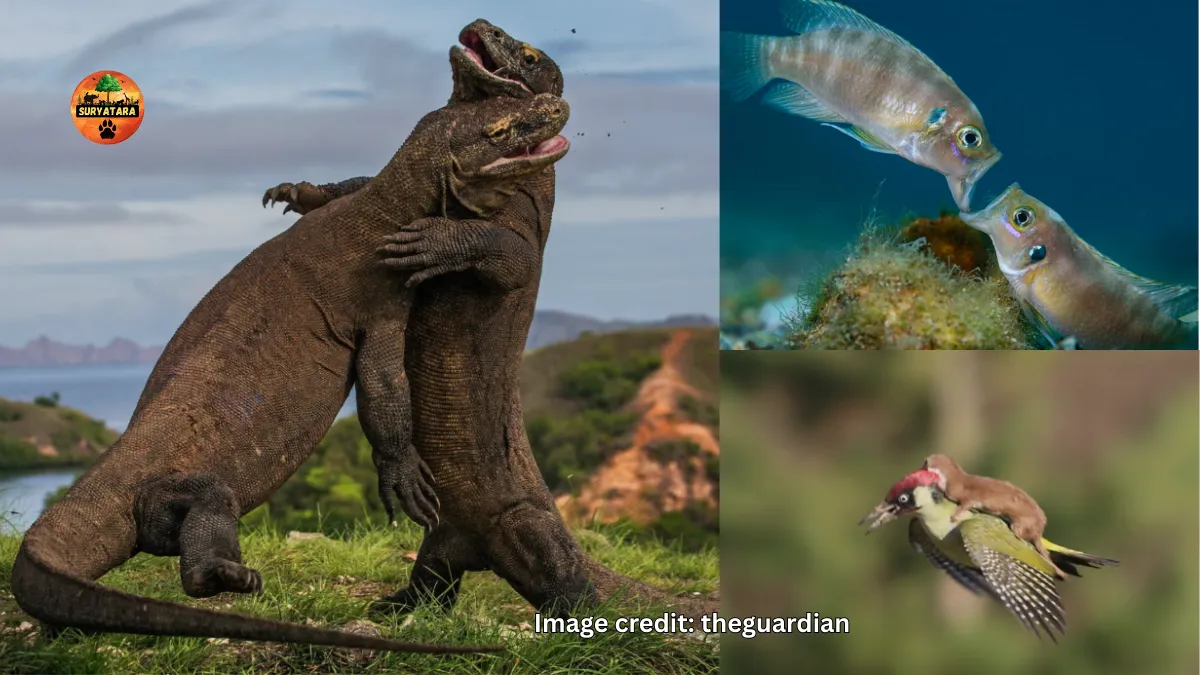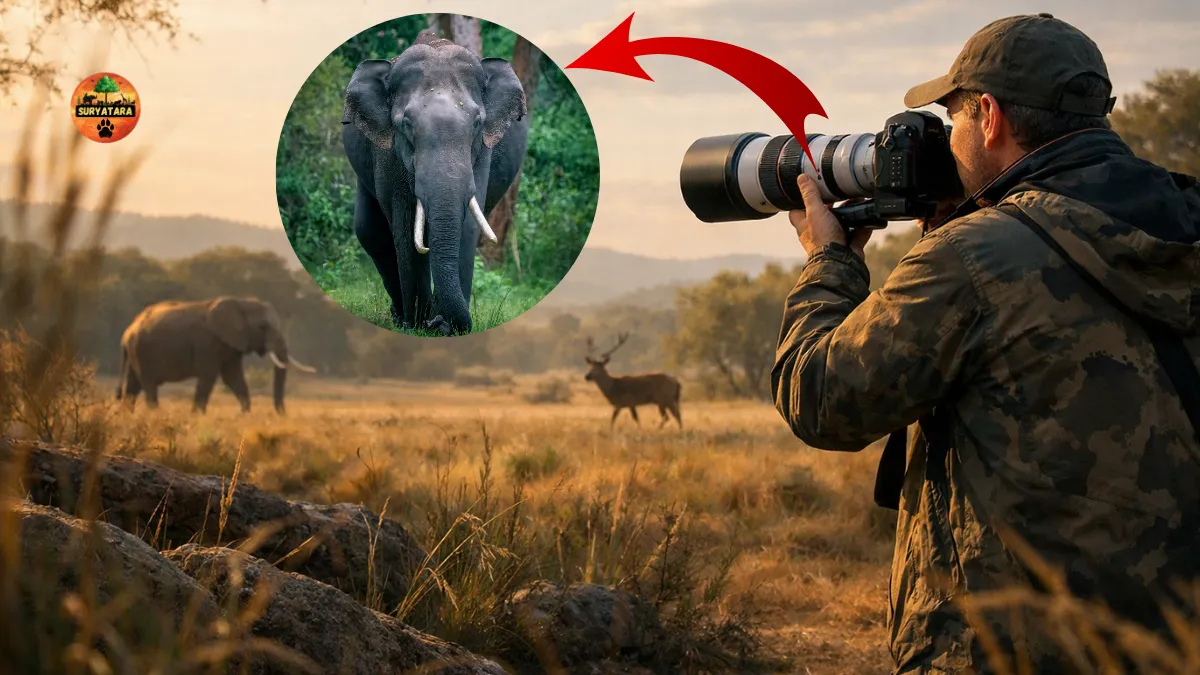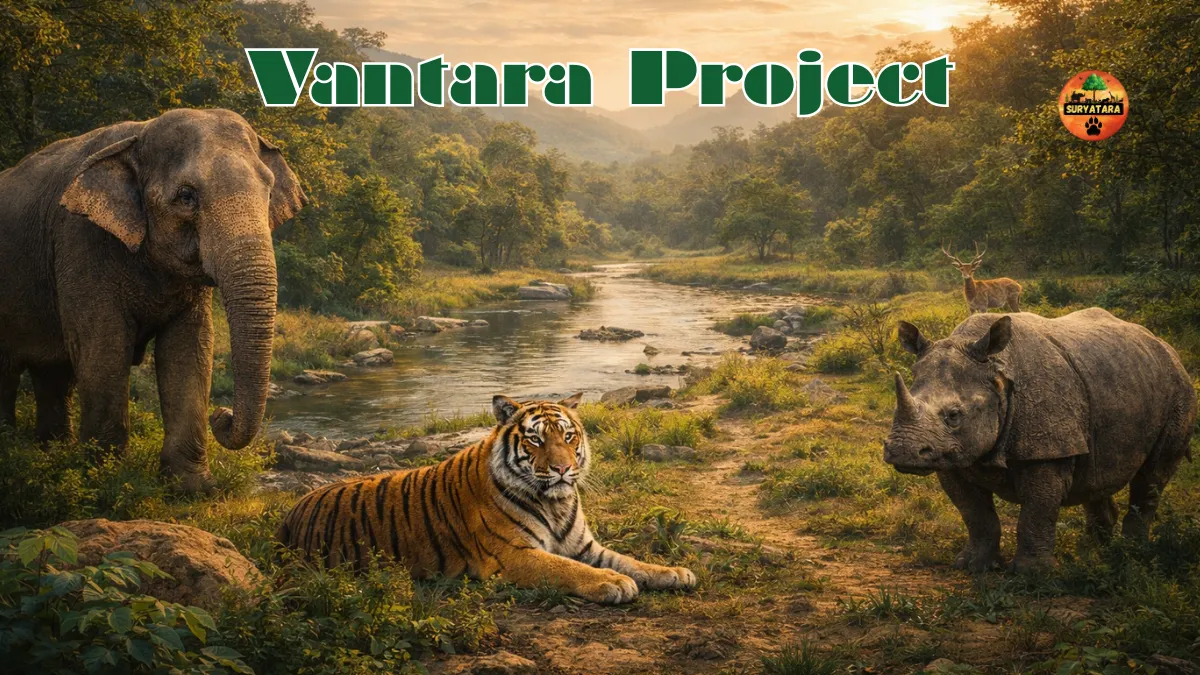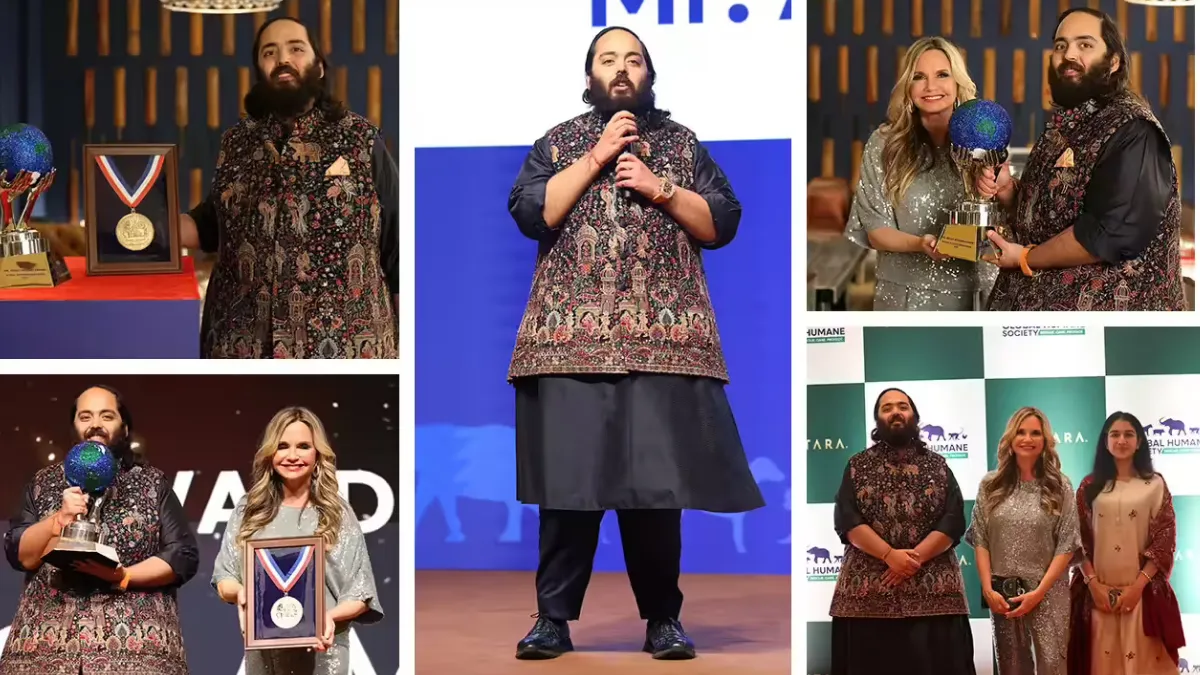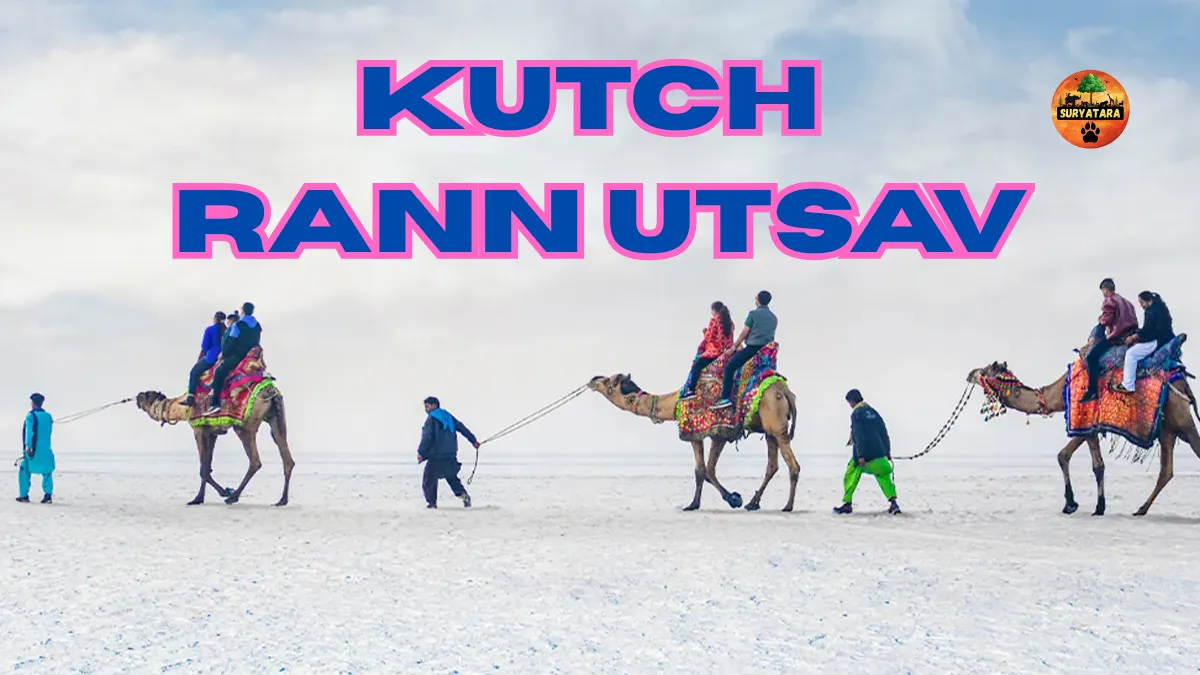Wildlife Photographer of the Year is one of the most prestigious global competitions that showcases the art of capturing nature at its purest. This annual event not only celebrates stunning photography but also spreads awareness about conservation, biodiversity, and the fragile beauty of our planet.
From the roaring savannas of Africa to the icy landscapes of the Arctic, the competition brings forward breathtaking visuals that tell a deeper story. It’s not just about taking a perfect shot—it’s about patience, ethics, and deep respect for the wild.
The History of Wildlife Photographer of the Year
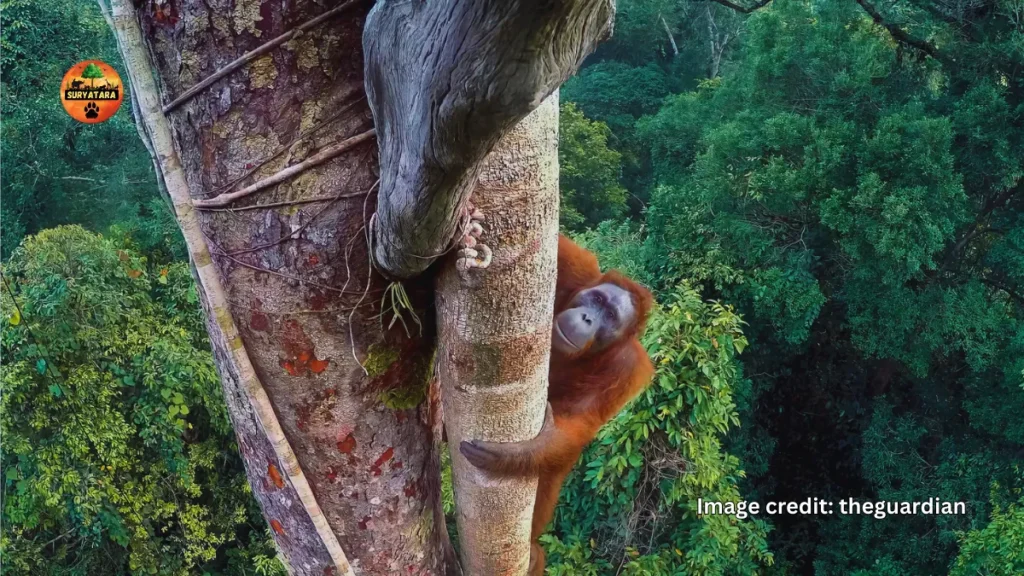
The Wildlife Photographer of the Year competition began in 1965 with just 361 entries and has grown into an international phenomenon attracting over 50,000 submissions each year. It is organized by the Natural History Museum, London, in partnership with various conservation organizations.
Its purpose is simple yet powerful—showcasing extraordinary images that inspire people to protect the natural world. Over the decades, winning images have become iconic, often influencing environmental campaigns and sparking global conversations about wildlife protection.
Categories and Themes
The competition is divided into multiple categories to represent the diversity of the natural world and the creativity of photographers. These typically include:
- Animal Portraits – Capturing the personality of individual animals.
- Behavior: Mammals, Birds, and Other Animals – Showing natural interactions and unique behaviors.
- Underwater Photography – Highlighting marine life and ecosystems.
- Urban Wildlife – Exploring the relationship between animals and cities.
- Rising Star (Young Photographer) – Encouraging the next generation of wildlife storytellers.
Each category challenges photographers to think beyond beauty and focus on storytelling, ethical photography, and conservation impact.
Why It’s More Than Just Photography
Winning the Wildlife Photographer of the Year title is not only a personal achievement but also a platform to raise awareness about critical environmental issues. Many winning images highlight habitat loss, climate change, illegal wildlife trade, and human-wildlife conflict.
These photographs act as visual ambassadors, urging policymakers, communities, and individuals to take action. They remind us that nature’s beauty is fragile—and every image can become a voice for conservation.
How to Participate
Photographers from all backgrounds are welcome to submit entries, whether they are seasoned professionals or passionate amateurs. The competition typically opens in October and closes in December each year.
Submission Guidelines:
- Images must be original and captured in ethical conditions without disturbing the subject.
- Minimal editing is allowed to ensure authenticity.
- High-resolution files are required for judging.
Entry fees apply, although some categories for younger photographers are free.
Key Details of Wildlife Photographer of the Year
| Detail | Information |
|---|---|
| First Held | 1965 |
| Organized By | Natural History Museum, London |
| Annual Entries | Over 50,000 |
| Number of Categories | 15+ |
| Entry Period | October – December |
| Eligibility | Open to all photographers worldwide |
| Prize | Title, trophy, exhibition, and global recognition |
Iconic Winning Images Over the Years
Some winning shots have left an unforgettable mark on the world. From images of snow leopards on Himalayan cliffs to a tender moment between an orangutan and its young, these photographs carry emotion, drama, and storytelling in one frame.
One famous example is the 2019 winning image by Yongqing Bao, titled The Moment, showing a dramatic interaction between a Tibetan fox and a marmot—capturing both the beauty and harshness of wildlife survival.
Also read: Best Cameras for Wildlife Photography in 2025
The Exhibition Experience
The winning photographs are displayed in a traveling exhibition that tours major cities worldwide. Visitors can see these images in large, high-quality prints, often paired with background stories from the photographers. This immersive experience allows people to connect deeply with nature’s wonders.
Also read: Best Camera Lenses for Wildlife Photography-A Complete Guide for 2025
Why It Matters Today
In an era where human activities threaten biodiversity, competitions like Wildlife Photographer of the Year remind us why we must protect the planet. They inspire love for nature, encourage ethical photography, and create a visual archive of Earth’s most incredible species and landscapes.
Also read: Wildlife Photo Tours: The Ultimate Guide for Nature and Photography Lovers
Conclusion
The Wildlife Photographer of the Year competition is more than an award—it’s a movement that unites art, science, and conservation. Each photograph tells a unique story, urging us to see the wild not just as something beautiful but as something worth fighting for. Whether you are a photographer, nature lover, or casual viewer, these images can inspire you to look at the world differently—and perhaps help save it for future generations.
